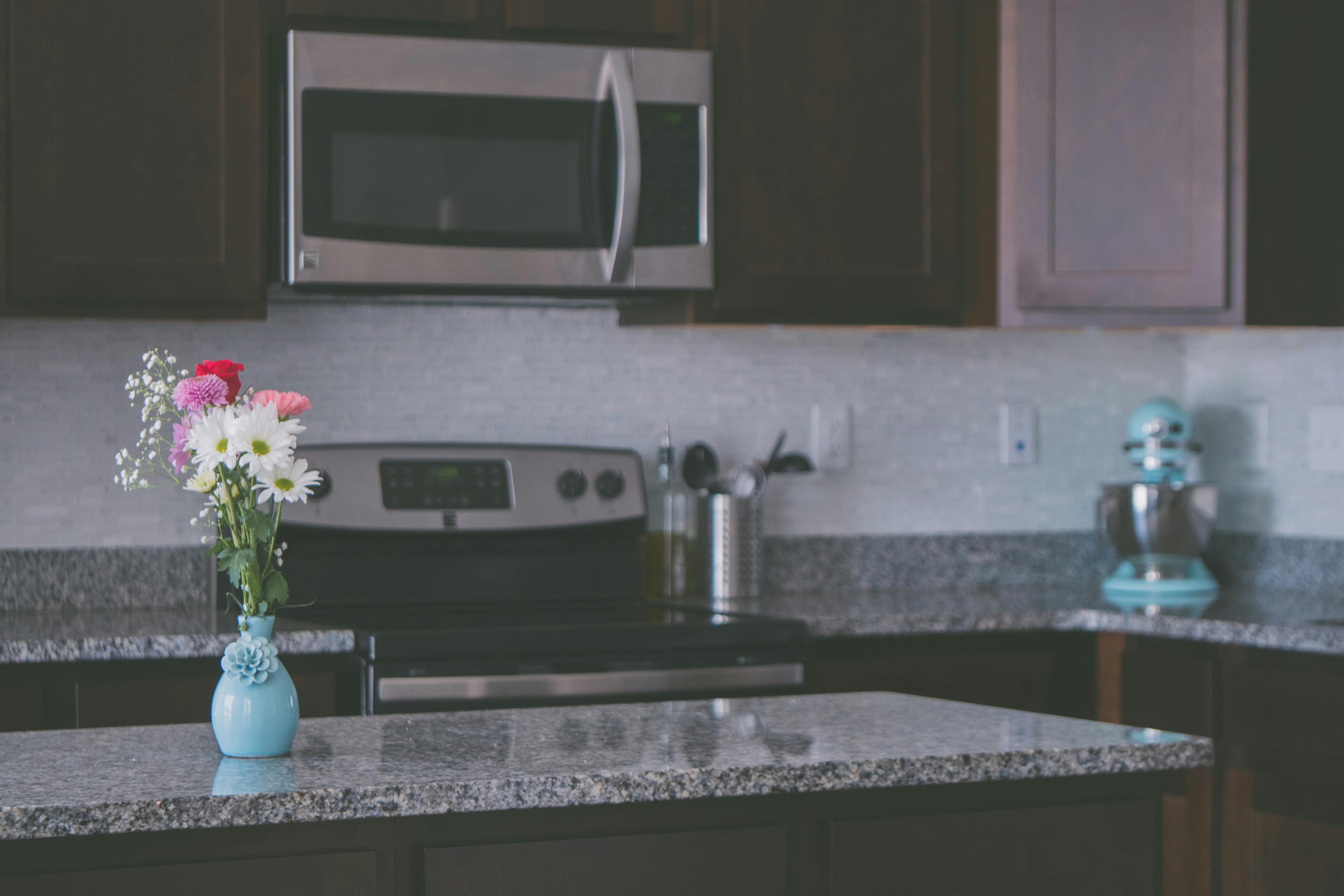A great starting point for the guide to natural stone is to discuss exactly what it is. By definition it is a squared product of the earth. It forms over thousands of years and can be used for many building materials, soils and has a wide range of different types. It’s hard to imagine exactly how it forms, however its formation is one of the reasons it remains so popular for both tiles and countertops. This reason is the fact that it is incredibly durable and sturdy. In addition, it offers an absolutely striking appearance.
There are many types. Some of these include marble, granite, travertine, slate, limestone, and sandstone to name a few. Each of these is very individual and offers different textures and appearances. They also vary in color and need individual attention to make sure they don’t get damaged and look their best.
Some are not well versed in the fact that natural stone can be fully restored. If natural stone tiles are installed as flooring, they will be finished with a surface coating. Over time, this surface coating will wear down and become less effective. This means that the stone underneath is not well protected and can be damaged by scratching, etching, or staining. Rest assured, there are comprehensive stone restoration services available to maintain your tile. These services are specifically tailored to the type of floor and each of its individual complexities.
An important element of the process is the use of tried and tested products. There are many available to use that can be dangerous with unpleasant odors. It is much better to use products that have been formulated with natural extracts. Exceptional finishes can be achieved without damaging delicate natural stone. The installation of natural stone is an expensive exercise, so it is vital that the cleaning and treatment is carried out with a professional approach.
Also, tips on general cleaning are critical to the overall success and longevity of the tile. This calls for an educated approach. The best advice is to ensure that regular, routine removal of dry particles and dirt is carried out. If left alone, they can scratch and wear down the surface of the tiles and act like sandpaper. Natural stone also needs routine finishing as it acts as a barrier against stains and damage.
Natural stone floors can be finished with sealers, protective impregnants and color enhancers. These also work to rejuvenate and revive the tiles and their natural beauty. Knowing how natural stone is formed, how to care for it, and what you can do to protect its future means you are well equipped to get the most out of your stone.


